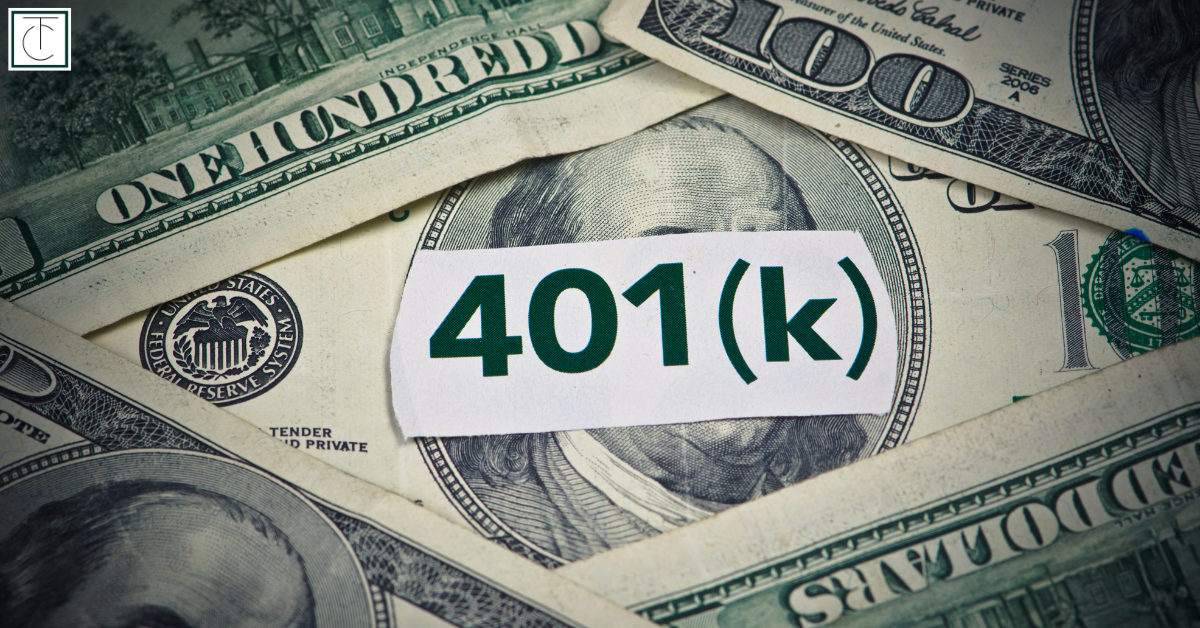Retirement planning might not be the most exciting topic, but let’s be real—it’s one of the smartest financial moves you can make. Maximizing your 401(k) contributions in 2025 is one of the most effective ways to build long-term wealth and secure a comfortable retirement. With 2025 on the horizon, new contribution limits and strategies can help you make the most of your retirement savings.
Why Maximize Your 401(k) Contributions in 2025?
Before we jump into the specifics, let’s talk about why maximizing your 401(k) contributions in 2025 matters. Simply put, it’s one of the best ways to build wealth for retirement while enjoying some serious tax advantages. Here’s why:
✔ Tax Benefits – Contributions to a traditional 401(k) reduce your taxable income, meaning you keep more money in your pocket while saving for the future. If you choose a Roth 401(k), your contributions are made after-tax, but your withdrawals in retirement are tax-free. ✔ Employer Matching – If your company offers a 401(k) match, that’s free money. Not taking full advantage of this is like leaving money on the table. ✔ Compounding Growth – The earlier and more consistently you contribute, the more your money grows over time. Even small increases in your contributions can lead to a significantly larger balance in retirement. ✔ Higher Contribution Limits in 2025 – Each year, the IRS adjusts contribution limits based on inflation. In 2025, you might be able to stash away more money than ever before.
401(k) Contribution Limits for 2025
The IRS updates contribution limits annually, and staying informed is key to maximizing your 401(k) contributions in 2025. For 2025, the limits are expected to increase slightly to adjust for inflation.
🔹 Employee Contribution Limit: Up to $23,000 (estimated, check IRS updates for final numbers)
🔹 Catch-Up Contributions (Age 50+): Additional $7,500, bringing the total to $30,500
🔹 Total Contribution Limit (Including Employer Contributions): Up to $69,000 (or $76,500 for those 50 and older)
How to Maximize Your 401(k) Contributions in 2025
Now that we’ve covered the basics, let’s get into actionable steps you can take to maximize your 401(k) this year.
1. Increase Your Contribution Rate
If you’re not already contributing the max, consider increasing your contribution percentage. Even bumping it up by 1-2% can make a huge difference over time.
💡 Pro Tip: If you get a raise in 2025, allocate a portion of it directly to your 401(k) before you get used to spending the extra cash.
2. Take Full Advantage of Employer Matching
Many employers match a percentage of your salary if you contribute to your 401(k). If your company matches 100% of the first 5% of your salary, make sure you’re contributing at least that much—otherwise, you’re leaving money behind.
3. Utilize Catch-Up Contributions (If Eligible)
If you’re 50 or older, take advantage of the extra $7,500 in catch-up contributions. This is a great way to boost your retirement savings in your final working years.
4. Split Contributions Between Traditional & Roth 401(k)
If your employer offers both Traditional and Roth 401(k) options, consider diversifying your tax strategy. A mix of pre-tax and after-tax contributions can provide more flexibility in retirement when it comes to managing taxable income.
5. Automate Your Contributions
One of the best ways to stay on track is to set up automatic increases to your 401(k) contributions. Some employers allow you to automatically increase your contributions by 1% each year, making it effortless to max out your savings over time.
6. Don’t Forget About Fees
Not all 401(k) plans are created equal. Check the fees associated with your plan—high expense ratios can eat away at your returns. If your employer offers multiple investment options, choosing low-cost index funds can help maximize growth.
7. Rebalance Your Portfolio Regularly
Markets fluctuate, and so should your investment allocations. Check in on your portfolio at least once a year to ensure your investments align with your risk tolerance and retirement goals.
Common Mistakes to Avoid
❌ Waiting Too Long to Contribute – The earlier you start, the more time your investments have to grow. Don’t put it off.
❌ Not Taking Full Advantage of Matching – Employer matching is free money—always contribute enough to get the full match.
❌ Withdrawing Early – Early withdrawals come with penalties and taxes. Keep your 401(k) intact for retirement.
❌ Ignoring Fees – High fees can erode your savings over time. Be mindful of expense ratios in your investment options.
Final Thoughts
Maximizing your 401(k) contributions in 2025 is one of the best ways to secure your financial future. The combination of tax advantages, employer matching, and compounding growth makes it a powerful tool for retirement savings.
By increasing contributions, optimizing your investment choices, and staying informed about changes in contribution limits, you can ensure that you’re making the most of your 401(k). Even small adjustments can add up to big financial gains over time.
Want to dive deeper? Check out the IRS 401(k) Contribution Limits for the latest updates.
💡 Related Reading: The Importance of Holistic Financial Planning for Retirement
Are you adjusting your contributions this year? Let’s talk about it in the comments!
Thomas Clark is a Series 65 licensed investment advisor and experienced trader. He specializes in investing, retirement planning, and market analysis, helping individuals build wealth and make informed financial decisions.

